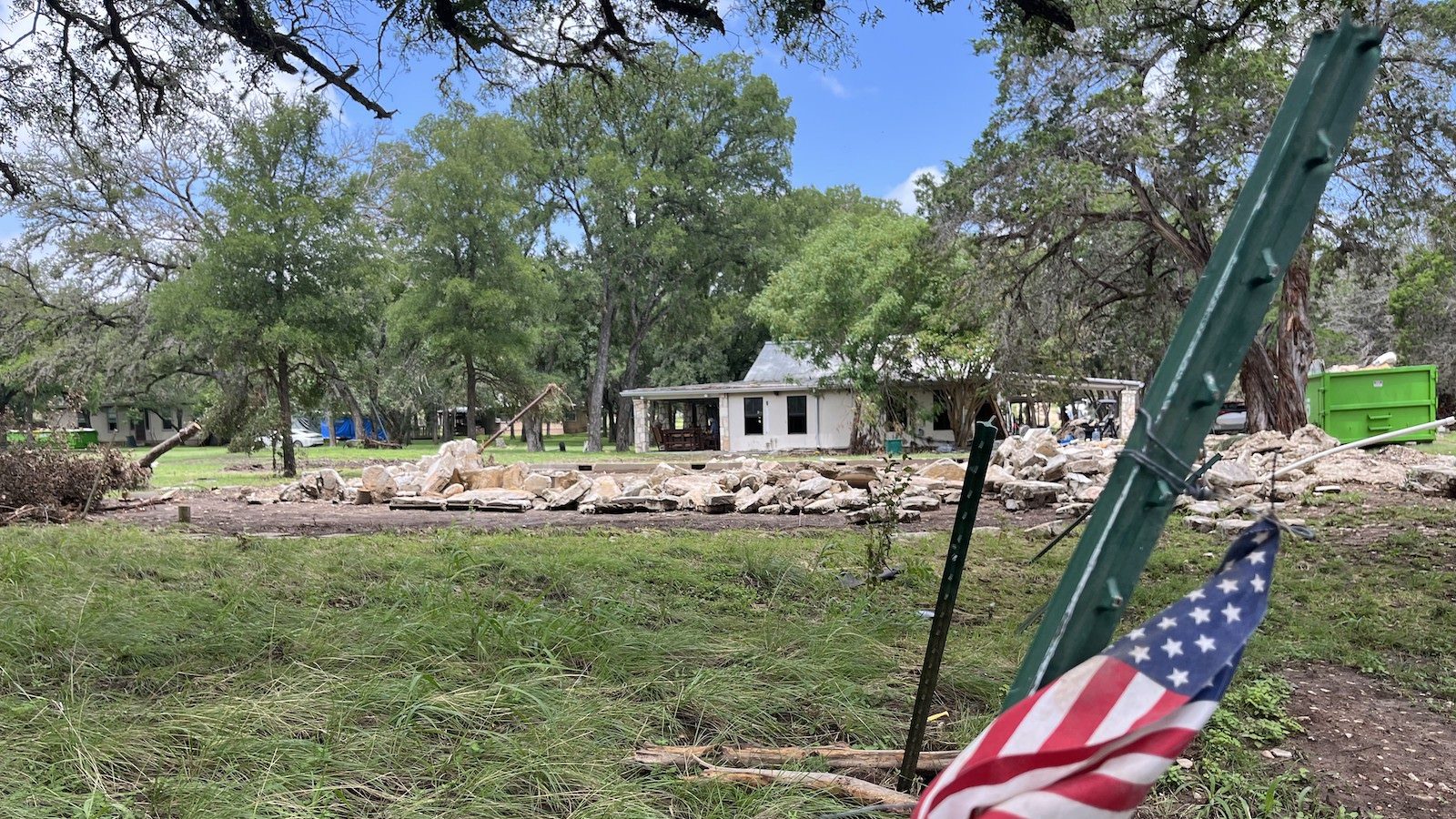From Texas all the way to Georgia, from the Gulf Coast up to the Canadian border, a dangerous heatwave has begun spreading like an atmospheric disease. In the coming days andperhaps even weeks aheadA high-pressure system, referred to as a heat dome, is expected to cause temperatures to exceed 100 degrees Fahrenheit in certain areas, affecting approximately 160 million Americans. Unusually high humidity will increase the danger of this weather—while the temperature might show 100 degrees, it could feel closer to 110.
What exactly is a heat dome, and why does it remain for such an extended period? Also, where is all the additional moisture coming from?
A heat dome is a self-perpetuating cycle of discomfort. It refers to a system of high-pressure air that descends from several thousand feet above and becomes compressed as it nears the surface. As air molecules have less room, they collide more frequently, leading to an increase in temperature. “I imagine it like a mosh pit,” explained Shel Winkley, a weather and climate engagement specialist at the research organization Climate Central. “Everyone is moving around and colliding, which makes it hotter.”
However, these extreme temperatures are not occurring independently due to this heat dome. The high pressure also prevents the development of clouds, which usually require rising air. “There will be very little cloud cover, meaning a lot of sunlight, which will further heat the atmosphere,” said Tom Kines, a senior meteorologist at AccuWeather. “You’re essentially trapping that hot air over a specific area of the country.”
At the start, a heat dome causes moisture in the soil to evaporate, offering some cooling effect. However, this evaporation will greatly increase humidity. (A key factor during this month’s heat dome will bethe stretches of cornfields throughout the central United States, which could increase humidity in states like Minnesota, Iowa, and Indiana beyond that of Florida.) This kind of high-pressure system also draws moisture from the Atlantic Ocean and Gulf of Mexico, which release more water as they become warmer. In general, the higher the temperature of the atmosphere, the greater the amount of moisture it can retain. When all the moisture in the environment is depleted, additional heat builds up — and continues to do so. A heat dome, therefore, essentially sustains itself, potentially for weeks, acting like a massive hair dryer directed at the land.
Temperatures exceeding 100 degrees are already harmful to human health. When combined with high humidity, the body struggles even more to regulate its temperature, as sweat evaporates less effectively. This is why 100 degrees on the thermometer can feel like 110. Older adults and young children have a harder time regulating their body heat, increasing their risk. Individuals with heart issues are also at greater risk, as the body attempts to cool down by circulating more blood. Those who work outdoors — such as construction workers, garbage collectors, and delivery drivers using bikes or scooters — have no alternative but to endure the heat, withfew laws to protect them.
The impact of humidity is particularly strong in regions where the soil has been saturated by recent rain, such as central Texas, which experienced severe flooding earlier this month. There is a risk of “compound disasters” in these areas: relief operations in flooded zones like Kerr County now must also deal with rising temperatures. The Gulf of Mexico supplied the moisture that caused the heavy flooding, and it is now contributing even more humidity during the heat dome.
A heat dome becomes increasingly hazardous the longer it remains over an area. Unfortunately, climate change is causing these types of heat waves to last longer and become more severe. According to Climate Central, climate change contributed to this heat dome at leastfive times more likely“Those temperatures aren’t necessarily impossible, but they would be extremely difficult to occur without a sign of climate change,” Winkley stated.
Summer nights are heating up nearly twice as quickly as summer days, Winkley notes, increasing the danger posed by heat waves. As this heat dome settles in, nighttime temperatures could rise 15 degrees above normal. For individuals without air conditioning—or those who can’t afford to use it even if they have AC—homes will remain unbearably hot throughout the night, which is typically when temperatures should drop and provide relief. Without this cooling period, the pressure continues to mount, particularly for those in high-risk categories.
Looking at this heatwave, yes, it will be uncomfortable during the day,” Winkley stated. “However, it’s the nighttime temperatures that really stand out as a clear warning that this is an event intensified by climate change.
hasa comprehensive guideto assist you in being prepared and updated before, during, and following a crisis.
- Explore the full Disaster 101 resource guidefor additional information about your rights and choices when a disaster occurs.
- Have you been impacted by the floods in Texas?Discover ways to manage emergency aid and recovery efforts.
- Get prepared. Discover how to prepare for a crisis before it impacts you..
This narrative was first released by with the headline The science of the heat dome — a chaotic collision of molecules on Jul 22, 2025.







